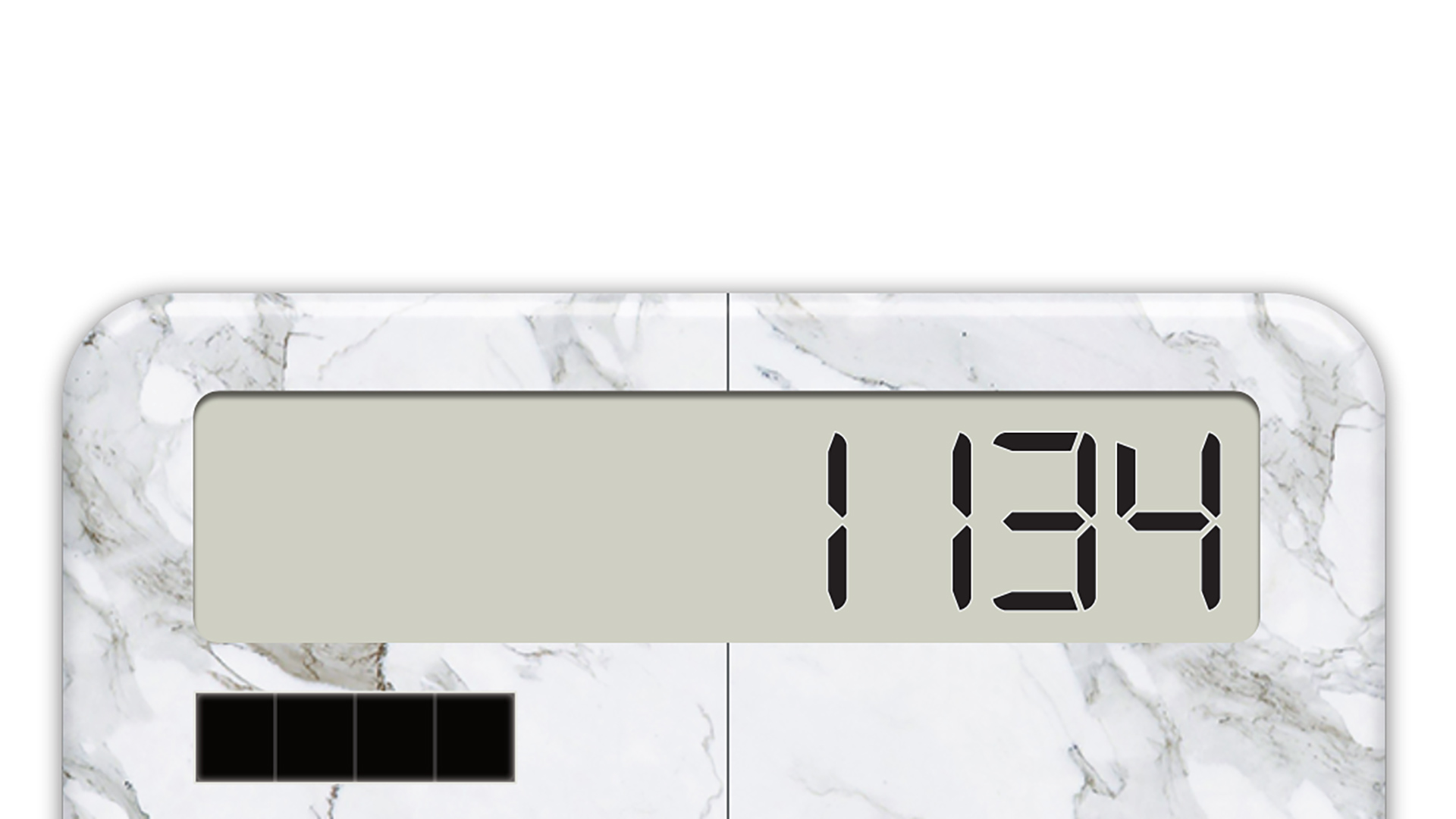Naive as it may be, I work with an assumption that my artistic gestures produce art in an inherent manner. This is to gesture in the general direction of art, which causes the art to transpire from here to there, as though I have drawn a continuous relation between myself and a distant point. I have been working this way for nearly 20 years.
“Where do you locate your art?” people like to say. The art is never here; it is both a piece of me and apart from me, over there. It matters that the art remains “over” there: it is not exactly there, but is in excess of there.
It is the perpetual failure to pinpoint the art, to locate it there, that gives it meaning.
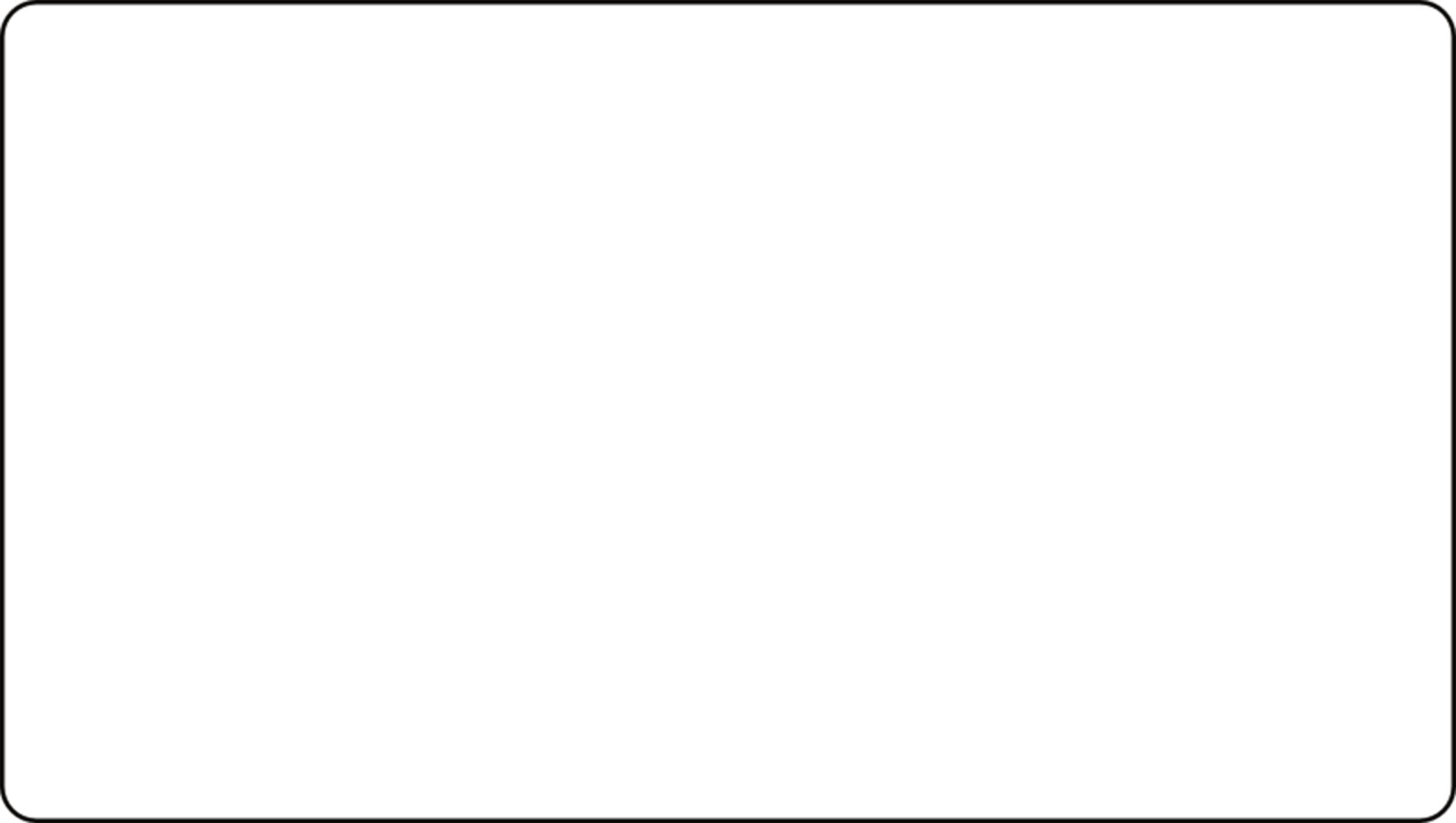
The meaning has a complexity that belies the simplicity of its formulation. I am a product of various interlocking forces beyond my total comprehension. But I continue to imagine that my artistic gestures simply emerge from nothing:
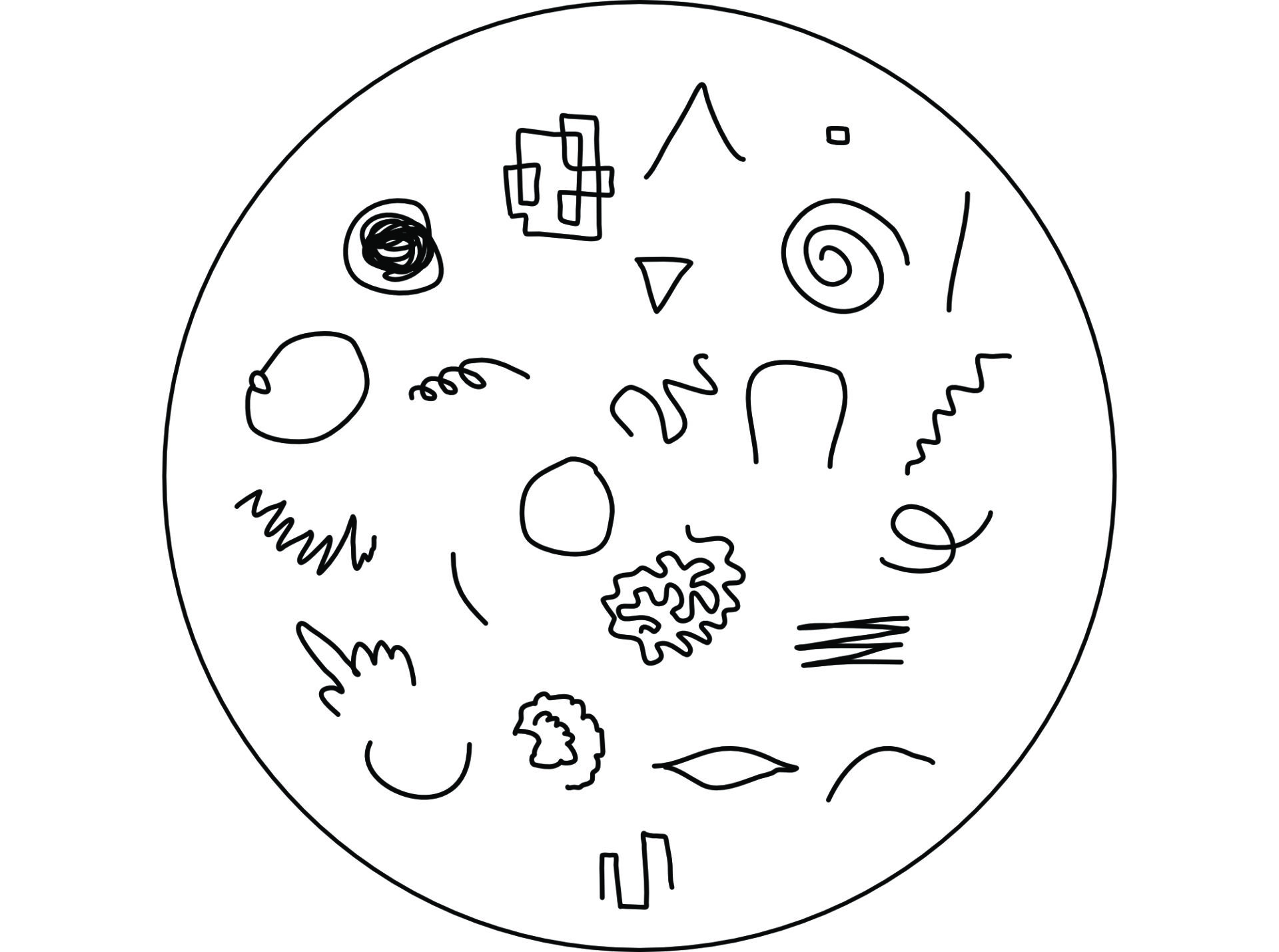
These gestures must eventually cross over there, wherever the art is located:
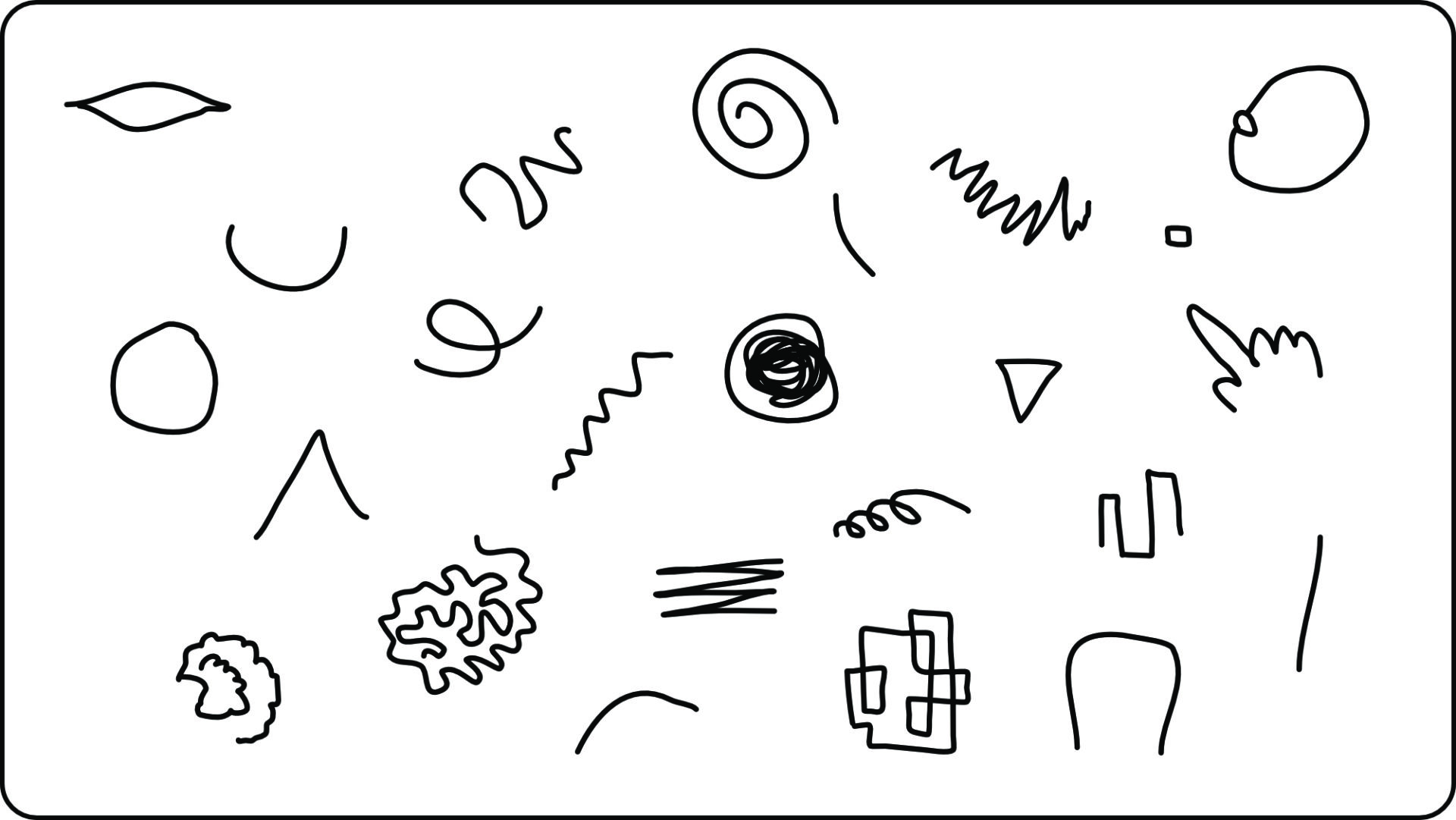
This is clearly a fiction. Nonetheless, it is filled with meaning, enough that the art means something. It follows that something is meaningful because it comes from nothing.
The meaning of something can grow because its precise nature is unknown.
Something can also be misunderstood. Its meaning, for example, is often conflated with its value. “My work has value,” I say, meaning well on myself. “So my work should be valued.” The mistake deepens once I ask:
What is the actual value?
I don’t know. I worry that I may undervalue my work. I do know that the value of my work should be commensurate to the labor I perform, a series of artistic gestures. It would be best if each gesture were independently accountable:
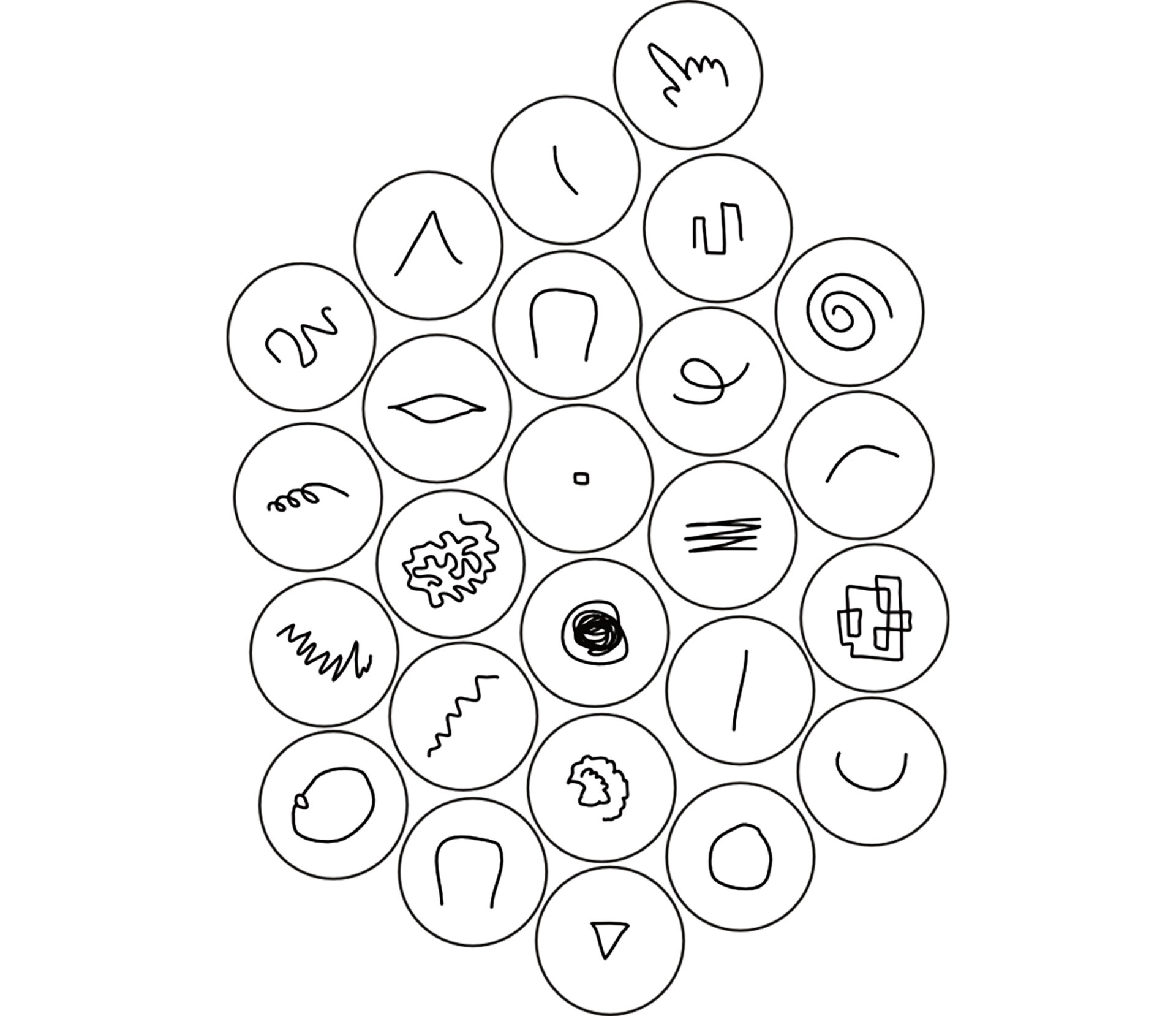
The sum of my artistic gestures, each carrying a unit of value, equals the work. The value is a measure of my work’s inherent worth.
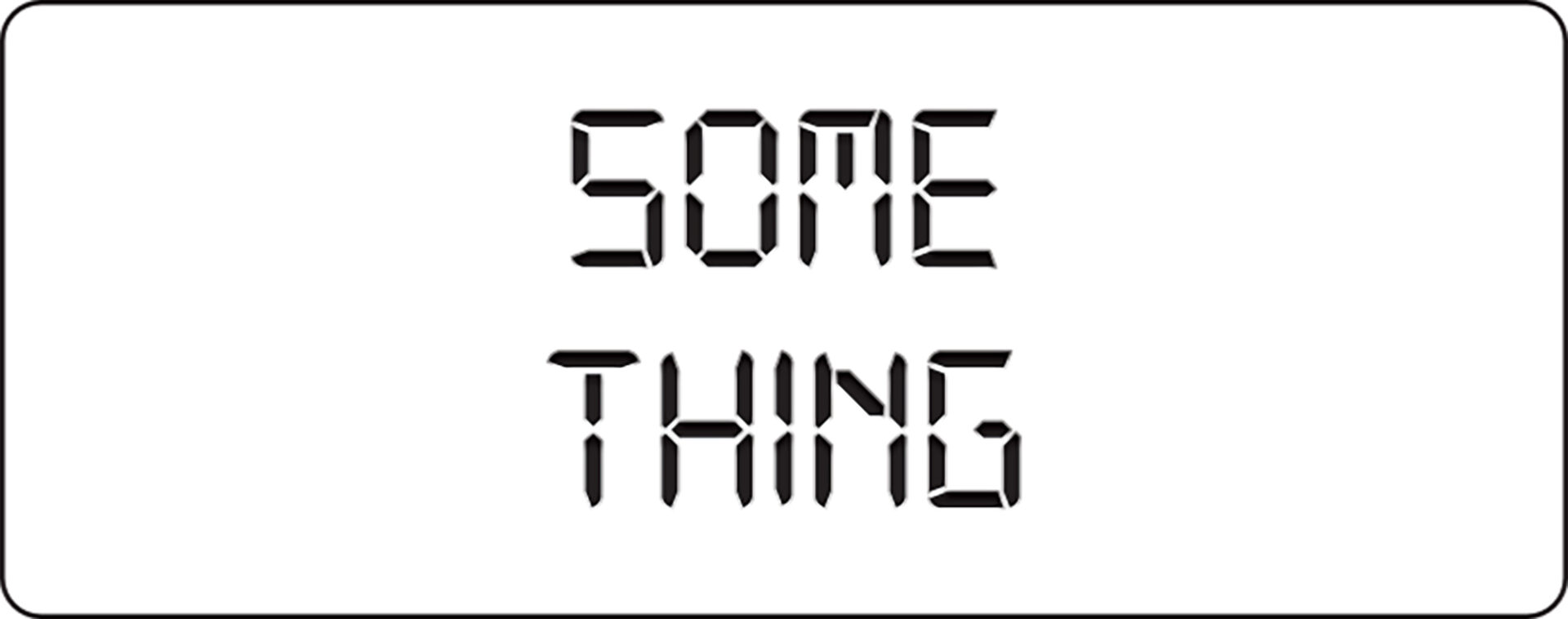
Why does this feel empty? Isn’t something better than nothing? The more one stares at a floating value, the more meaningless it seems, which means that I must be meaningless too; cut adrift from my piece on its way over there. What one must conclude is that we are missing a buyer. The value of our work has to be redeemed.
Redemption is the promise of the ERC-721 Non-Fungible Token Standard, which ensures that someone with something can sell something to someone. If this sounds unremarkable, consider that the system reifies into 15 lines of code the redemptive act of free-market capitalism, the fulfillment of an order.
A non-fungible token (NFT) is a unique kind of something. This something is born into ownership, and it will always be owned. To rest one’s work on this something, therefore, is to have the token carry one’s worth from sale to sale, each marked by an event called Transfer, where tokenId identifies the token:
event Transfer(address indexed _from, address indexed _to, uint256 indexed _tokenId);However, tokenId is not the token. tokenId is just a floating value in search of a function.
There is no token without an owner, identified here as from, an address on the Ethereum blockchain. This owner is named for its intent to transfer the token to the next owner, to, another address on the Ethereum blockchain.
The token must be realized, in other words, by finding its owner. It will be indexed by its transfer.
You might notice that the ERC-721 specification echoes the way I describe art emerging and then traveling from myself to a distant point. Fittingly enough: when from equals 0 in a Transfer, this signifies that a new NFT was created, as though its something came from nothing.
But 0 is not nothing, value is not meaning, and an NFT is not an artwork.
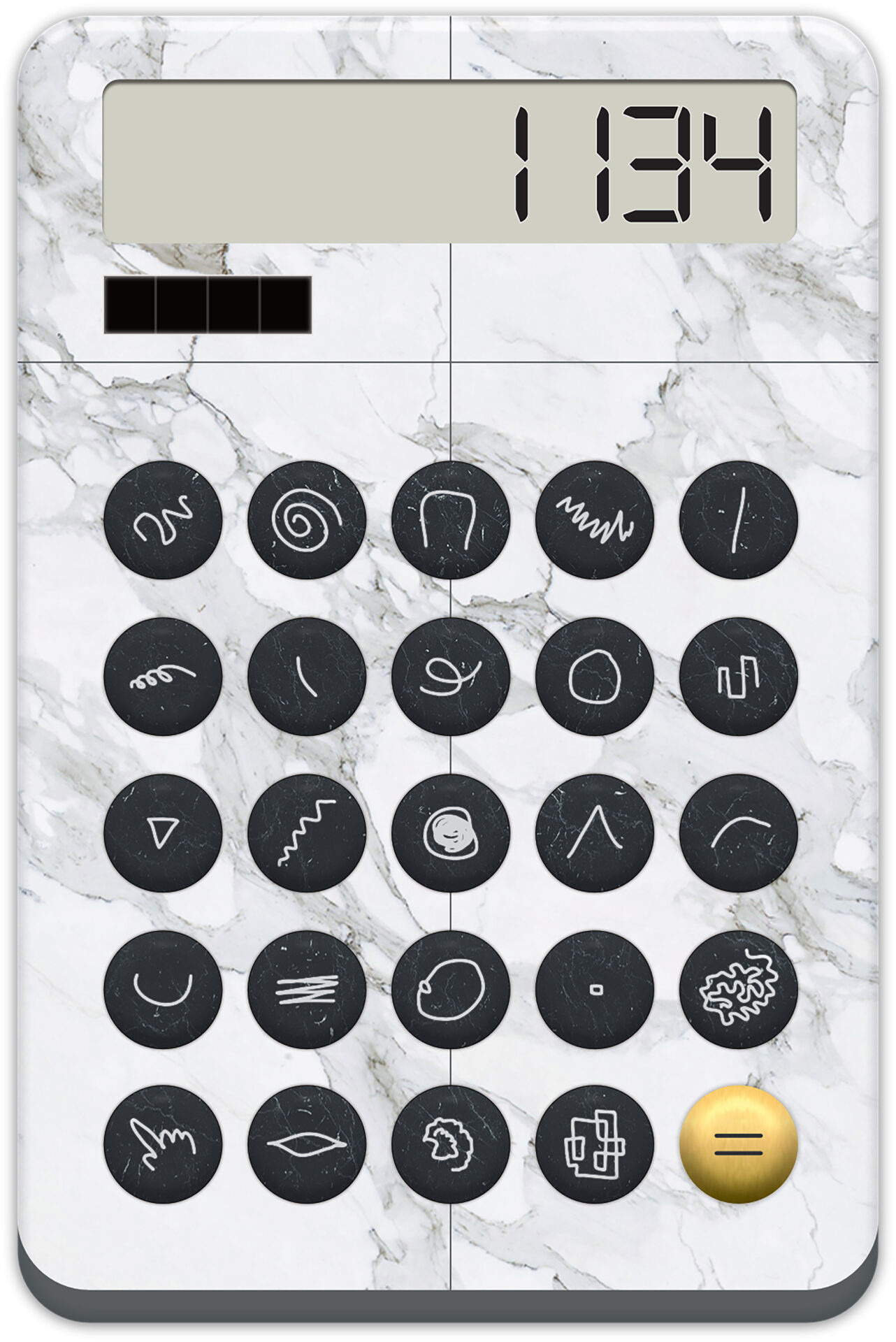
0 is worse than nothing. 0 is a value that signifies worthlessness, unlike nothing, which signifies nothing. I would rather be nothing than a worthless something.
Unfortunately, the premise of an NFT is that there is never not something. Its intention is to seal the existence of the something that has a value. As a result, there is no longer nothing.
Where there was nothing, there is now obsessing over what one’s art is worth. The absence of nothing is why the token evangelists cannot see the objection to all this added value. They believe in something.
An NFT offers a generic something: some thing, neither here nor there, which exists in order to escape being worthless (a born loser). It escapes to the address it is given, and its value is held precisely there.
Oblivious to nothing, an NFT collapses meaning into a sum. The sum, in turn, represents token meaning. Token meaning should mean something to anyone. It must mean something, if someone bought it.
All of this is to say that an artwork must now have value to any and all; it cannot be a thing in itself, which would actually mean something.
To be specific, I sell downloadable editions of my work at left gallery, where it is assumed that the download is enough. A buyer must pay additional fees if they also want a non-fungible token with their edition. Most buyers have not bothered, because they tend to be friends and personal acquaintances who want a copy of my work and not some token of it. But several weeks ago, anonymous people started buying many editions in quick succession, likely speculating on their future value. Now the editions are disappearing into Ether; my artwork is a known quantity that may rise or fall; I am an investment more than a person. I am beside the point, which is providing the sum.
When the balance is settled, we will be left with a numbing continuity that leads to business as usual. And the muck will thicken with web3, the soon-to-drop new internet that upgrades the online self not by restoring its personhood, but by gifting it a new digital wallet. Cool story, white bro.
This makes me feel a genuine nothing: NULL, a value that by definition is not known to the system, and thus tends to break things.
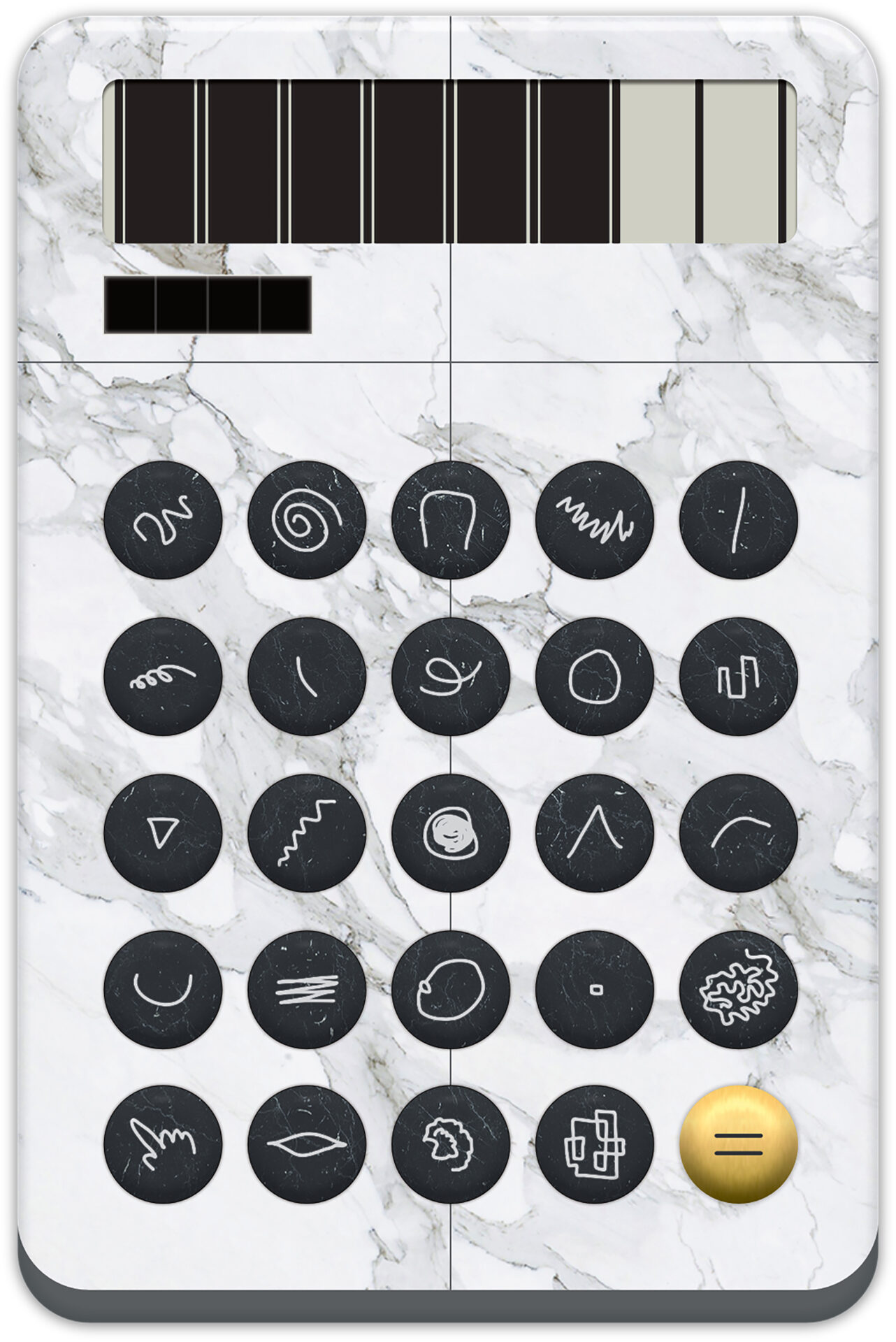
Something isn’t adding up here. There is a gap, a flaw in our calculation that is caused by the difference of 0 and nothing, the missing piece that is erased in the implementation of value. This resembles a wound that can’t be patched.
The gap left by nothing is irrecoverable.
ABOUT THE CONTRIBUTOR
Ryan Kuo lives and works in New York City. His works are process-based and diagrammatic and often invoke a person or people arguing. This is not to state an argument about a thing, but to be caught in a state of argument. His recent and upcoming projects aim to crystallize his position as a hateful little thing whose body fills up white space out of resentment and necessity.
His work has appeared at Queens Museum (NYC), bitforms gallery (NYC), and TRANSFER (LA), is distributed online at left gallery (Berlin), and has been published in Artforum, Art in America, BOMB, and Rhizome. He has held residencies at Pioneer Works (NYC) and the Queens Museum Studio Program (NYC).
